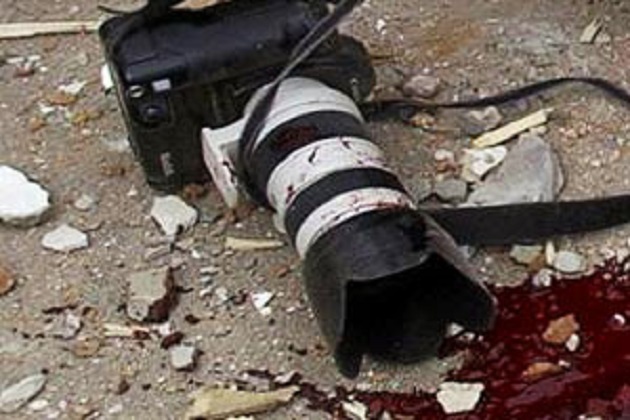At least 68 journalists were killed worldwide in 2024, according to a sobering report released by the United Nations Educational, Scientific and Cultural Organization (UNESCO), underscoring the continued threats faced by media workers, particularly in conflict zones.
This marks the second consecutive year that war-torn regions have proven especially deadly for journalists, raising urgent concerns for global press freedom.
UNESCO’s report revealed that over 60% of journalist fatalities occurred in countries embroiled in violent conflicts, the highest percentage recorded in more than a decade. Of the total deaths, 42 journalists lost their lives in active war zones, with Palestine emerging as the deadliest country, recording 18 deaths. Other high-risk regions include Ukraine, Colombia, Iraq, Lebanon, Myanmar, and Sudan, where deteriorating security and political instability have turned reporting into a life-threatening endeavor.
UNESCO Director-General Audrey Azoulay strongly condemned the violence against journalists, emphasizing the critical role of independent reporting in conflict settings. “Reliable information is vital in conflict situations, yet journalists are increasingly targeted for their courageous work, Azoulay stated. “We call on governments and the international community to strengthen protections in line with international law.”
The report pointed to a troubling trend: journalists covering conflicts are often caught in the crossfire, directly targeted, or subjected to violent reprisals by state and non-state actors. While the number of fatalities remains distressingly high, the report noted some progress, particularly in non-conflict areas.
UNESCO documented 26 journalist deaths outside conflict zones, the lowest figure in 16 years. Latin America and the Caribbean, regions previously plagued by violence against journalists, showed a remarkable drop, with fatalities decreasing from 43 in 2022 to 12 in 2024. This improvement reflects growing regional efforts to combat impunity and bolster press protections, though challenges remain.
Beyond physical attacks, the report highlighted an alarming rise in financial, legal, and psychological pressures on journalists, particularly those reporting on sensitive topics such as corruption and environmental issues. According to UNESCO, attacks against journalists covering environmental concerns surged by 42% between 2019 and 2024, illustrating the increasingly hostile environment for those exposing exploitation and abuses.
UNESCO’s findings were rigorously compiled in collaboration with international press freedom organizations, ensuring credible verification of each case. However, the report acknowledges that some deaths remain under investigation, a testament to the challenges of obtaining reliable information in dangerous environments.
In response to these ongoing threats, UNESCO reiterated its commitment to journalist safety through global initiatives like the UN Plan of Action on the Safety of Journalists and the Issue of Impunity. The organization urged governments to prioritize protections for media workers and ensure that perpetrators of violence are held accountable.
As conflicts persist and journalists increasingly face new forms of pressure, the report serves as a stark reminder of the risks journalists endure in their pursuit of truth. The international community, UNESCO stressed, must act decisively to safeguard the essential role of independent journalism in fostering peace and accountability.
“Journalists bring us stories that must be told, often at great personal risk,” Azoulay said. “Protecting them is not optional—it is a necessity for the survival of democracy and truth.”




